Phlox "Natasha": description, planting, care and reproduction
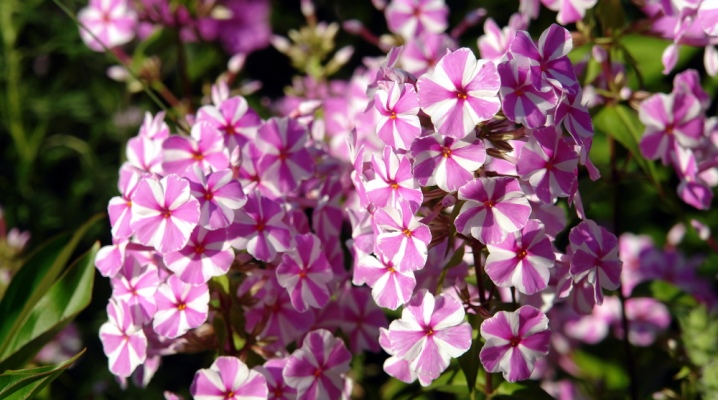
Phlox were bred in the United States and immediately gained immense popularity. They came to our country in the 19th century and today they are one of the most popular and beloved garden flowers. Phlox translates as "flame", this is because the first flowers of this species were bright scarlet. Modern breeding has achieved the breeding of a huge number of varieties of different shades. - from snow-white to pale pink, from pale lilac to juicy raspberry. Phlox of blue, lilac tones are also very popular.
The palette still lacks only yellow. One of the popular techniques in landscape design is to create compositions from different varieties of phlox. In addition to monochromatic varieties, there are also variegated, spotted varieties in the variety of species, a characteristic feature of which is the pyramidal silhouette of flowers. One of the most beloved varieties in our country is Natasha phlox.
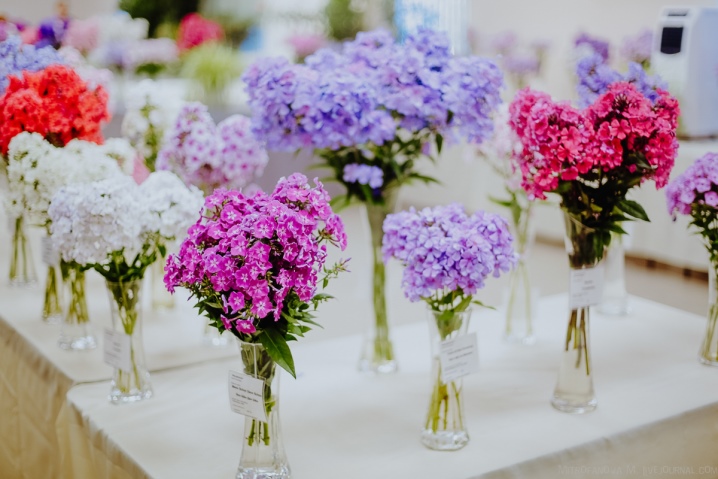
A bit of history
The origin of this variety has a very interesting history. In 1967, the USSR Academy of Sciences included the Pestrushka phlox in its collection. This name was not attached to the flower, the spotted plant was introduced in 1984 under the name "Sonata"... In Belarus, this variety was known under its first name. A breeder from the Netherlands, who saw him at the Belarusian exhibition, literally fell in love with a flower and took with him a number of specimens.
It was the Dutchman who registered the plant under the name Natasha, that was the name of the curator who gave him the flower.
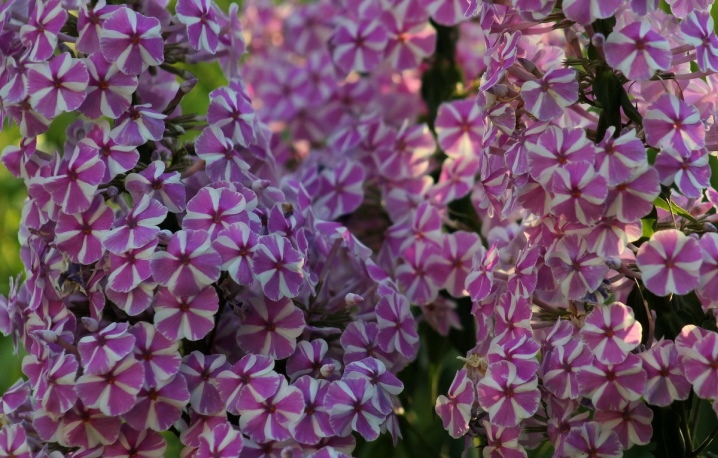
Description
This variety is a perennial, the height of which reaches 70 cm. The diameter of the bush varies from 40 to 50 cm. The root system is powerful, the stems of the upright type are quite strong. The bloom size is about 2 cm, its color is attractive and non-trivial. - a snow-white background and small flourishes of a raspberry-lilac tone in the center. The inflorescence has an elongated oval and cone shape. The foliage differs from the typical phlox, not very large, narrowish, short.
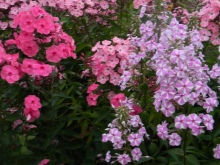
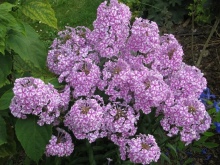
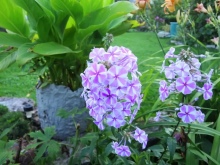
Natasha blooms in early summer, blooms only by autumn. This variety does not belong to paniculate, but to spotted varieties of phlox. Among the advantages of this type of phlox are the following:
- blooms early, fades late, decorates the landscape throughout the summer;
- grows well in partial shade;
- grows actively, especially on wet soil;
- resistant to moisture;
- perfectly tolerates cold;
- breeds easily;
- unpretentious in care;
- great aroma.
Flowers grow beautifully in the shade of trees and next to any bodies of water.
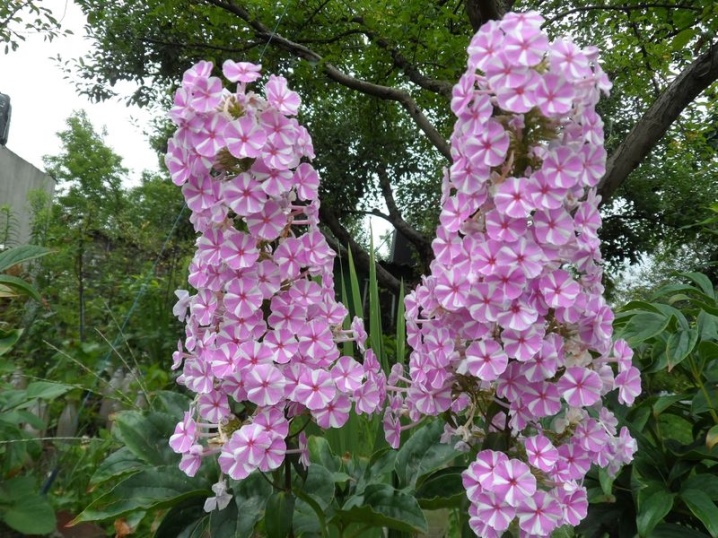
The domestic variety has significant advantages over the industrial foreign varieties, which are suitable for planting large areas. The Natasha variety stands out for its non-trivial look, beautiful flowering, and exclusivity. This is not mass production, but unique. Flowering is distinguished by enchanting luxury, exuberance, originality of forms and colors. Among the shortcomings, only relatively small inflorescences can be distinguished, so it is better not to plant it next to large plants.
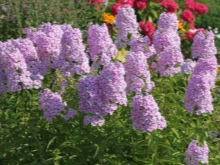
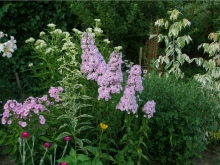
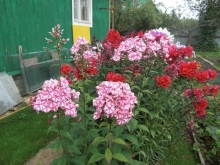
Growing conditions
This plant grows superbly in the sun, however, under direct rays, the flowers can fade and lose their brightness. When choosing a place for Natasha phlox, one should prefer partial shade. Drafts are detrimental to this plant, if you do not protect it, then the inflorescences will lose their spectacular appearance. Phloxes love nutrient-type soil, loose, well-moistened.
You can plant "Natasha" in loam, sandy loam is the best choice. The plant will develop well in the soil of a slightly acidic, neutral type. But the alkaline environment is detrimental to flowers.
To give the soil fertility, it is recommended to plant white mustard or other siderates.
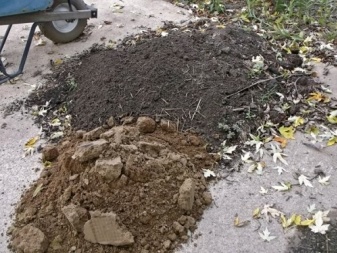

Care measures are not too complicated, it is enough to provide regular:
- moisturizing;
- getting rid of weeds;
- loosening;
- fertilizer.
Both excess and lack of feeding are equally harmful to plants. In the first case, the stems begin to crack, the flowering becomes loose. In the second situation, the flowering period becomes shorter, the inflorescences decrease, the color turns pale.
You need to start caring for a perennial in the spring, at the beginning of the growing season. Regular watering and prevention of dryness are very important at this stage. After watering, the soil is loosened, it is necessary to remove weeds in a timely manner, otherwise "Natasha" will receive less nutrition.
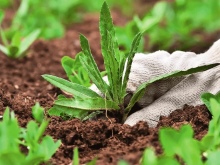
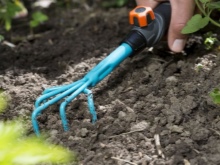
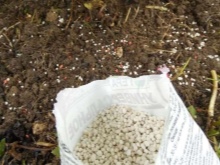
Breeding
It is not difficult to propagate this plant. You can use both the seed method and cuttings and dividing the bush.
Division:
- carried out in spring or autumn;
- the second period is more favorable, in the first - there is more material for planting;
- the next year after division, the plants already bloom profusely;
- an overgrown bush should be dug out, and the rhizome should be carefully divided into large parts;
- then the seedlings are planted in places prepared in advance;
- phlox should not be divided until the age of 3 years, the optimal age is 5-6 years.
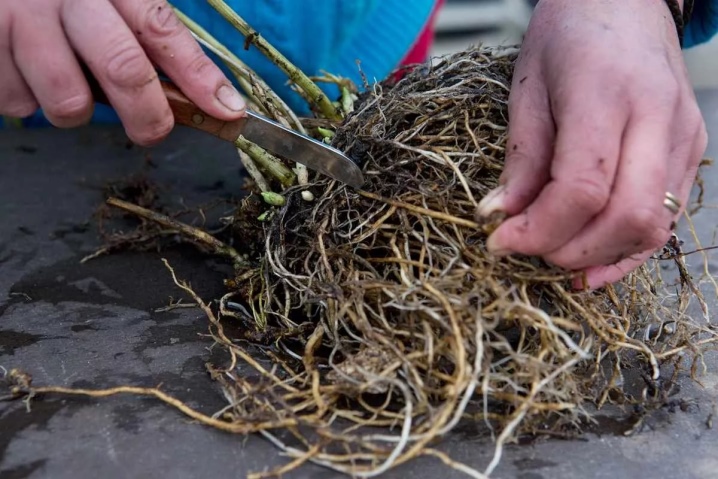
Cuttings:
- held throughout the season;
- you can choose any inflorescence;
- the stalk is cut off and left in water for a while;
- cuttings are planted in partial shade, in loose and moist soil;
- weak, unhealthy flowers should not be used for propagation;
- if breeding is carried out in the first month of summer, the stem is cut, if in the last - the upper part;
- the slices should be held in water before disembarking.
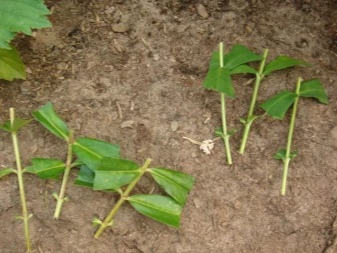

Diseases and pests
Despite the fact that perennials have good immunity, they are susceptible to various ailments, and in the early stages of the disease they can proceed completely unnoticed. Thus, the death of a plant often gives the impression of suddenness.
Experts recommend inspecting the plant about 2-3 times a month. Most often phlox get sick due to unfavorable growing conditions.
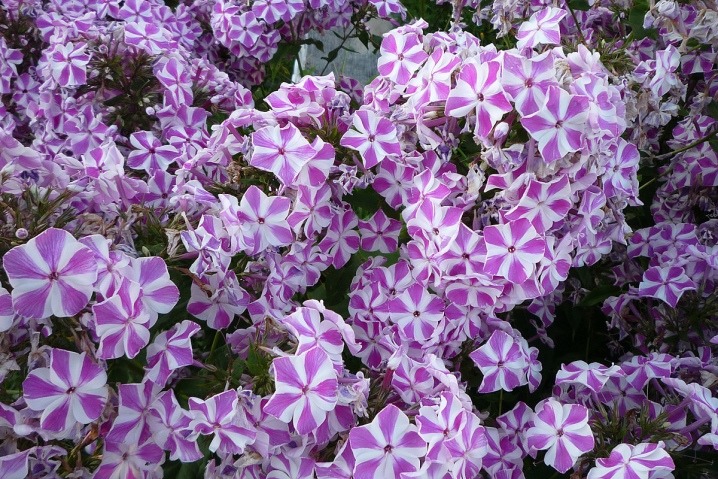
Let's list the most common ailments.
- Rust - manifests itself as a brown spot on the leaf, has a fungal nature. Preventive measures - spraying with copper sulfate.
- Variegated - a viral disease, which is manifested by strokes of a light tone on the petals. It is very difficult to treat, therefore prevention is necessary - spraying against insects, carriers of infection, and removal of diseased plants.
- Jaundice - a fungal disease, manifested by the absence of flowering, instead of which formations of a terry type appear. It is not amenable to treatment, you need to immediately destroy the plant.
- Powdery mildew - another fungal disease, in which the leaves curl, dry out, the stems weaken, become covered with dots, spots. It is necessary to remove the affected foliage, and spray the plants with a soda solution for prevention.
- Nematode - the most dangerous pest, outwardly worm-like, sucking juice from the stems. Regular spraying with special chemicals will help get rid of them.
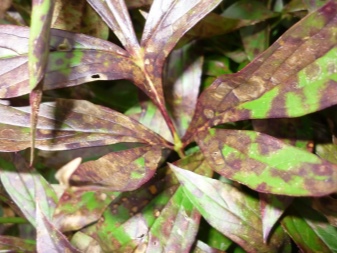
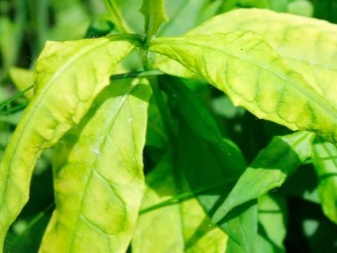
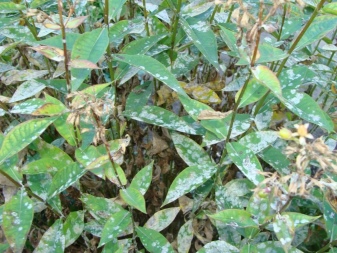
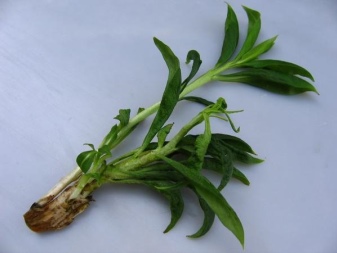
You will learn more about the peculiarities of Natasha phloxes below.







































































































The comment was sent successfully.